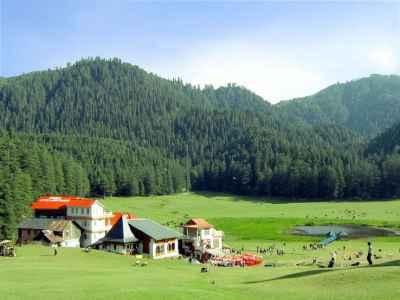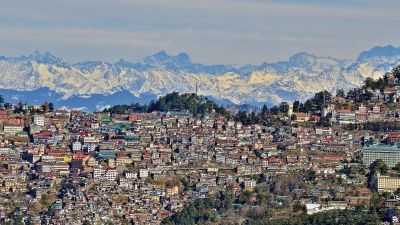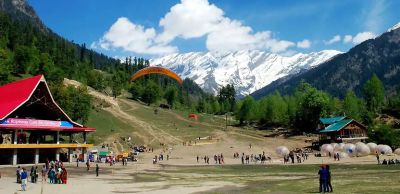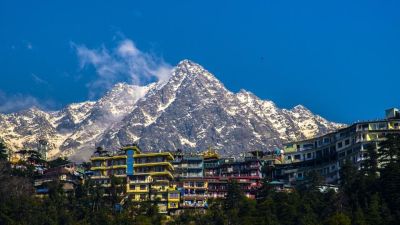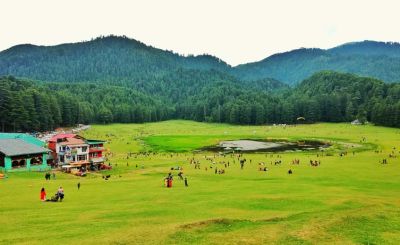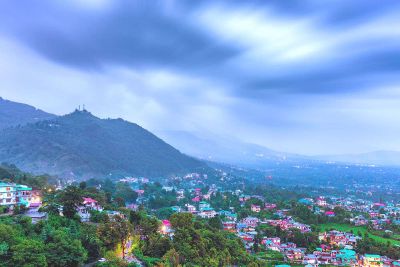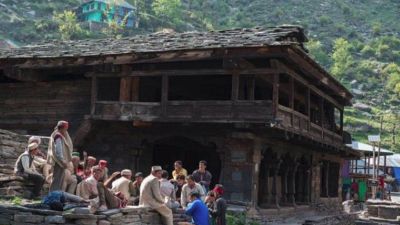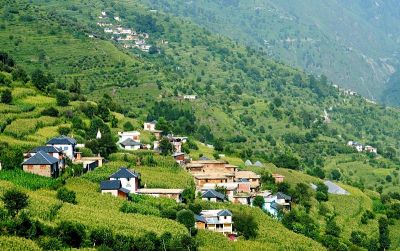Himachal Pradesh's Living Bridges: An Eco-Architecture Wonder
When we think of bridges, we often imagine strong, sturdy structures made of steel and concrete. But imagine a bridge made entirely of living, growing roots and branches. Welcome to the world of living bridges in Himachal Pradesh, India.
Himachal Pradesh, a state in the northern part of India, is known for its breathtaking landscapes, snow-capped mountains, and lush green valleys. But it is also home to a unique form of architecture known as living bridges. These bridges are not constructed using conventional materials; instead, they are grown over time using the roots and branches of trees.
The Living Bridges of Himachal Pradesh
The living bridges of Himachal Pradesh are an ancient tradition that has been passed down through generations of the local tribes, such as the Khasis and the Garos. These tribes have perfected the art of bio-engineering to create sustainable and eco-friendly bridges that can withstand the test of time.
The living bridges are constructed using the roots of the Ficus elastica tree, commonly known as the rubber tree. These trees have an extraordinary ability to develop secondary roots from their branches, which eventually grow down towards the ground. Over time, these roots become stronger and thicker, forming a natural bridge between two points.
Building a living bridge is a labor-intensive process that requires patience and careful planning. The first step involves identifying two suitable trees on either side of a river or a gorge. The branches of the trees are then guided and woven together using bamboo scaffolding and ropes made from local materials. As the roots of the trees grow towards the ground, they are also intertwined with the scaffolding, creating a network of living roots that gradually become stronger.
It takes several years for a living bridge to become fully functional, as the roots need time to grow and strengthen. During this time, the bridge is constantly cared for and maintained by the local community. Any damaged or weak roots are reinforced, and additional layers of scaffolding may be added to provide support. The result is a living, breathing bridge that can last for hundreds of years.
The Benefits of Living Bridges
Living bridges offer several advantages over conventional bridges made of concrete or steel. Firstly, they are environmentally friendly and sustainable. The materials used in their construction are all natural and readily available in the local environment. No heavy machinery or construction equipment is required, reducing the carbon footprint associated with bridge construction.
Living bridges also have the ability to self-repair. If a section of the bridge gets damaged due to weather conditions or other factors, the living roots can regenerate and grow back, eliminating the need for extensive repairs or replacements.
Furthermore, living bridges blend seamlessly with the natural surroundings, enhancing the beauty of the landscape. Unlike concrete bridges that can be an eyesore, living bridges become part of the ecosystem and provide a habitat for various plants and animals.
Visiting the Living Bridges
If you are an adventure enthusiast or a nature lover, a visit to the living bridges of Himachal Pradesh is a must. The state offers several trekking routes that lead to these unique architectural wonders. One of the most popular routes is the trek to the living root bridges in the village of Nongriat in Cherrapunji.
The trek to Nongriat takes you through thick forests, stunning waterfalls, and picturesque villages. Along the way, you will get a chance to witness the raw beauty of nature and experience the peacefulness of the surroundings.
Once you reach Nongriat, you will be greeted by the stunning double-decker living root bridge, which is considered one of the finest examples of bio-engineering. The bridge consists of two levels, with each level being capable of holding around 50 people. Walking across the bridge is an exhilarating experience, as you can feel the bridge swaying beneath your feet.
Conclusion
The living bridges of Himachal Pradesh are not just architectural marvels; they are a testament to the ingenuity and resourcefulness of the local communities. These bridges are a beautiful blend of nature and human engineering, showcasing the importance of sustainable practices in today's world.
So, the next time you visit Himachal Pradesh, don't forget to explore the living bridges and witness the magic of eco-architecture firsthand. Share this article with your friends and inspire them to experience the wonders of Himachal Pradesh's living bridges too!
Disclaimer : The information provided in this blog is for general informational purposes only. While we strive to keep the content accurate and updated, TravelSetu assumes no liability for errors or omissions. If you believe any part of this blog infringes your rights or causes concern, please notify us immediately at info[at]travelsetu[dot]com so that appropriate action can be taken.
